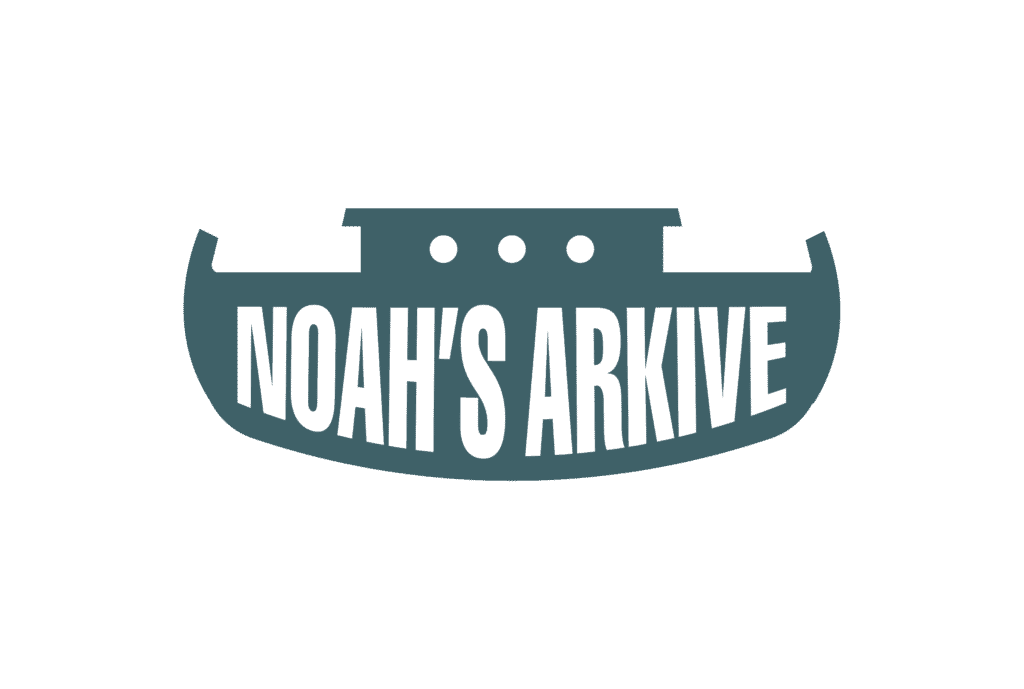
Open repository of veterinary pathology slides contributed by individuals and institutions around the world.
| Approve | Delete | Thumbnail | Full_Size | IMAGE_ID | IMAGE_FRAME | Image | CONTRIB_NAME | INST_NAME | SPECIES_NAME | SYSTEM_NAME | ORGAN_NAME | GENPATH_NAME | Diagnosis | Description | Cause | IMAGE_ACTIVE | IMAGE_VISIBILITY | IMAGE_KEYWORD | Comments | VSPO Link | Related Images | WSC Link | Upload Date |
|---|---|---|---|---|---|---|---|---|---|---|---|---|---|---|---|---|---|---|---|---|---|---|---|
| Approve | Delete | CONTRIB_NAME | INST_NAME | SPECIES_NAME | SYSTEM_NAME | ORGAN_NAME | GENPATH_NAME | Diagnosis | Cause | Upload Date |
Approve:
Delete:
Thumbnail:
Full_Size:
IMAGE_ID:
IMAGE_FRAME:
Image: *
CONTRIB_NAME:
INST_NAME:
SPECIES_NAME:
SYSTEM_NAME:
ORGAN_NAME:
GENPATH_NAME:
Diagnosis:
Description:
Cause:
IMAGE_ACTIVE:
IMAGE_VISIBILITY:
IMAGE_KEYWORD:
Comments:
VSPO Link:
Related Images:
WSC Link:
Upload Date:
